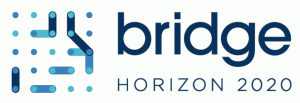The first review of the FARCROSS H2020 Innovation Action research project with external reviewers and the Project Officer from the EC side took place on June 16, 2021, wherein the FARCROSS consortium successfully presented the results of the work of the project during the first 18 months of the project. The FARCROSS project aims to connect major stakeholders of the energy value chain and demonstrate integrated hardware and software solutions that will facilitate the “unlocking” of the resources for the cross-border electricity flows and regional cooperation. The project will promote state-of-the-art technologies to enhance the exploitation/capacity/efficiency of transmission grid assets, either on the generation or the transmission level.
UBITECH ENERGY research group, as the project’s technical coordinator, presented the project’s progress towards its technical and operational objectives, as well as a summary of the project’s achievements so far. The reviewers and the PO were impressed with the overall results of the project and provided some interesting feedback and recommendations for future work.
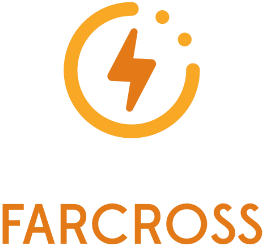
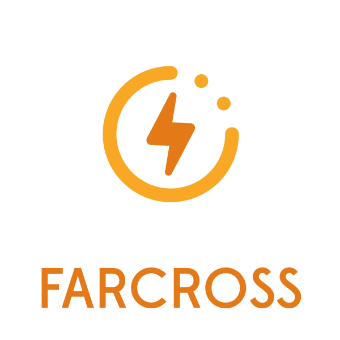
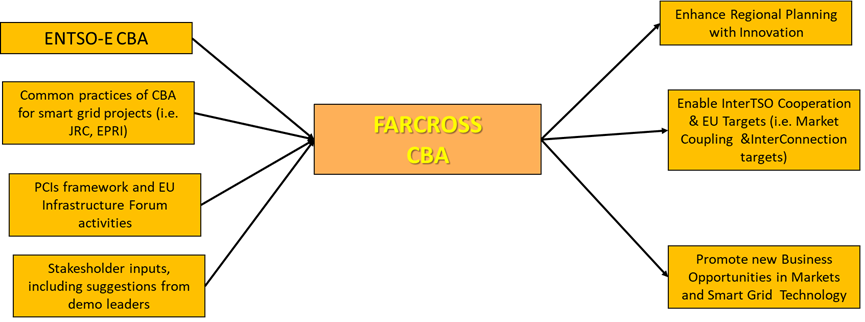
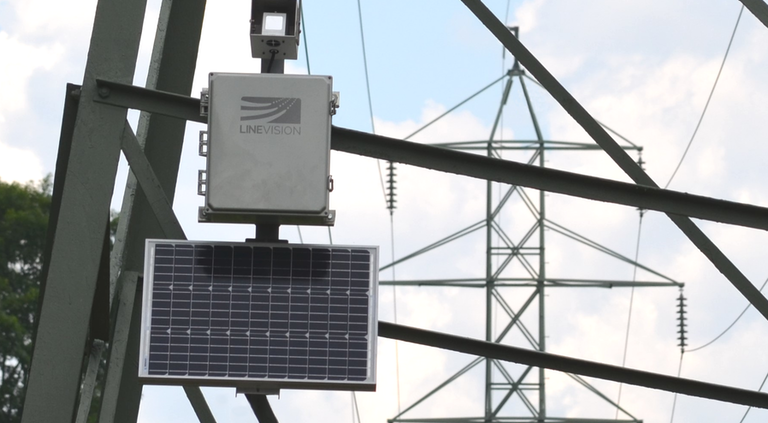
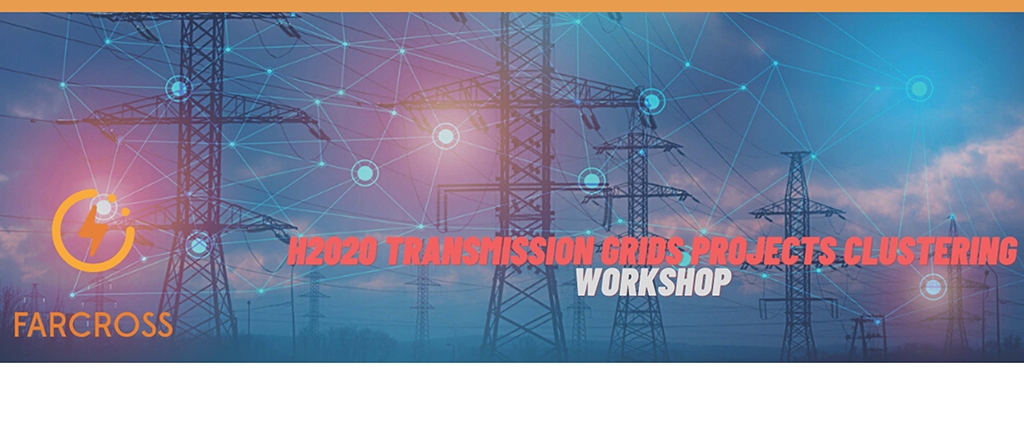
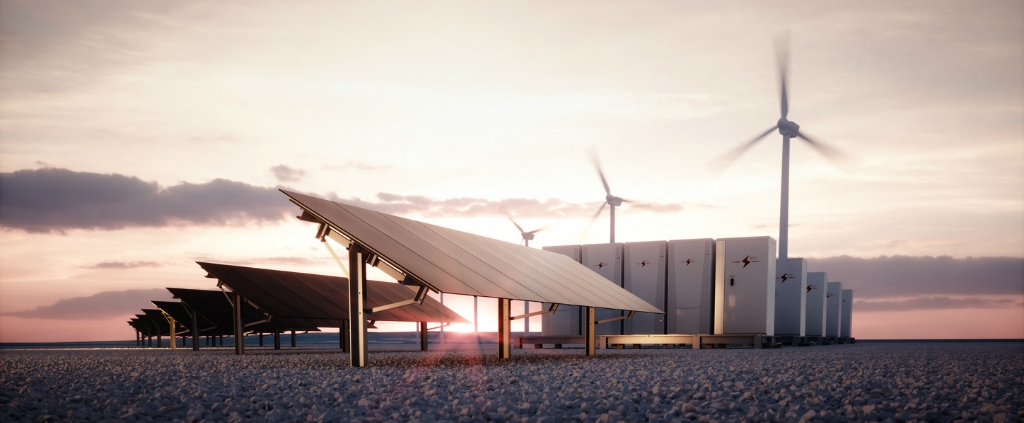


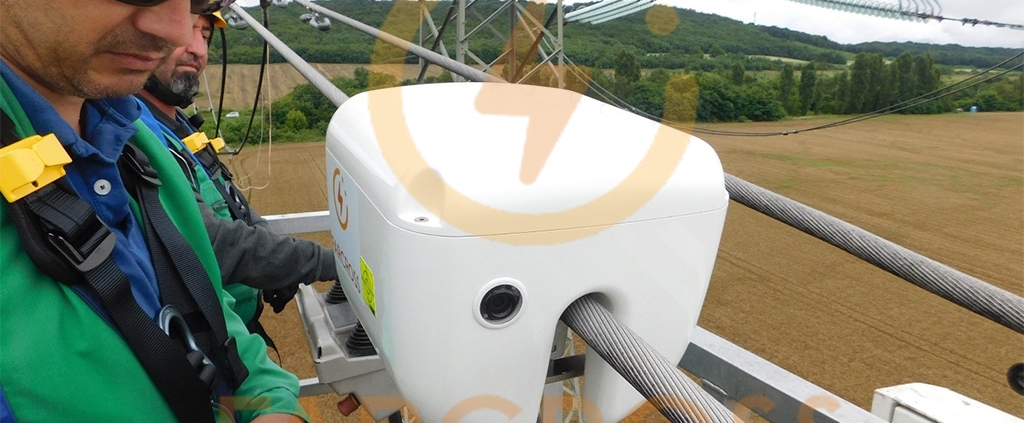
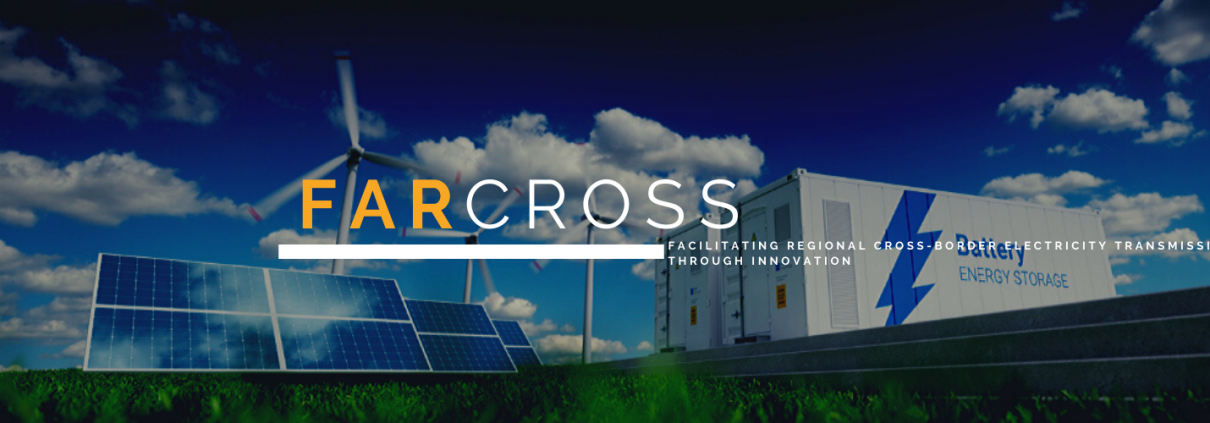

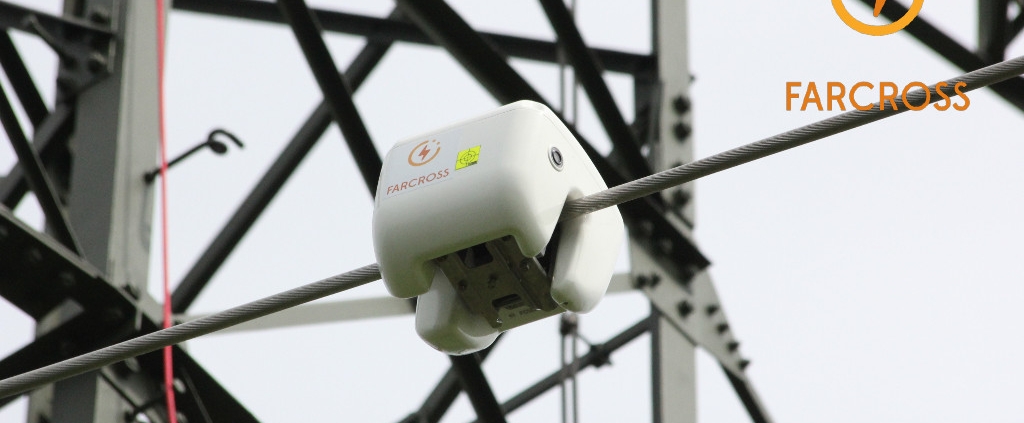

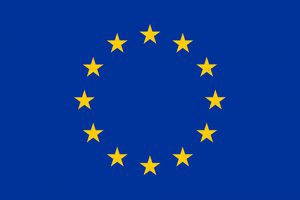 This project has received funding from the European Union’s Horizon 2020 research and innovation programme under grant agreement No 864274
This project has received funding from the European Union’s Horizon 2020 research and innovation programme under grant agreement No 864274